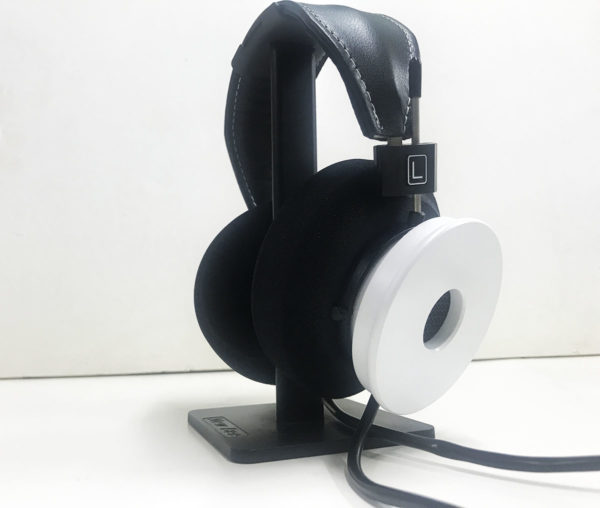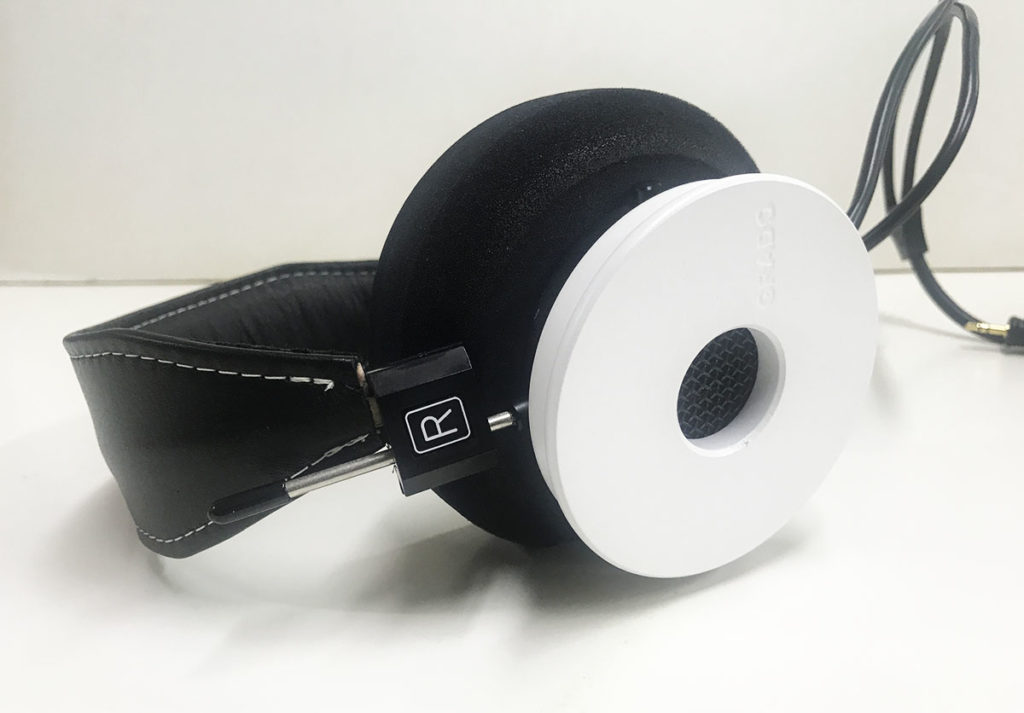Have you ever been so moved by a song or a record that you practically named your dog after it? Well, John Grado was so moved by the White Album by the Beatles, that he named his new headphones after them. This week I got a chance to spend some quality time with The White Headphone by Grado (technically called the WH1). So how does it sound, and will you like them? Let’s take a closer look with The White Headphone by Grado Review.
The White Headphone by Grado Review
In the Box
-The White Headphones – Grado WH1
-3.5 mm to 6.25 mm adapter
-Documentation
Design
Look and Feel
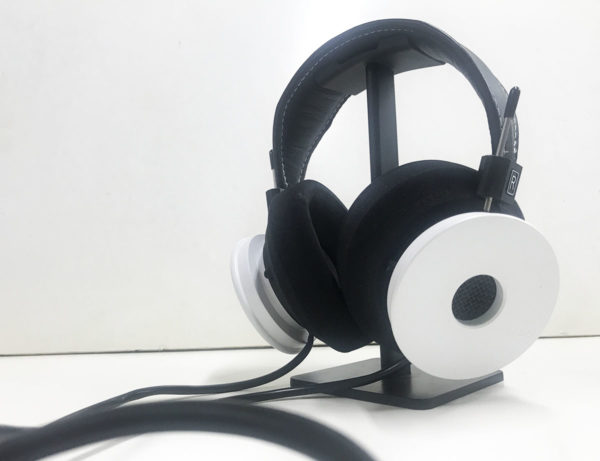
The White Headphones by Grado felt larger in person than I was expecting based on the pictures. It had big, clean, all white painted earcups overtop maple wood. With a design inspired by the Beatles White Album, the headphones combined a vintage look with modern precision of the circular cups and attention to detail in the headband.
Comfort and Fit
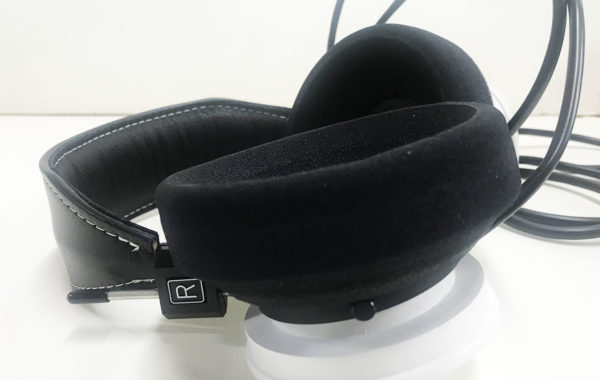
On the head, The White Headphones by Grado were lightweight and pretty comfortable. The headband is wider and a bit thicker than the others others in the Grado Family. Like the other Grado’s though, the headband is relatively flexible and extends via metal extenders. These headphones come with the Grado G cushion, which means it is firm, uncoated foam. It has a large opening, making these headphones have more of an over-ear feel. However, my ear touches the earcup a little bit. It wasn’t too uncomfortable due to the lack of clamping force. However, it was a little bit annoying.
Cable
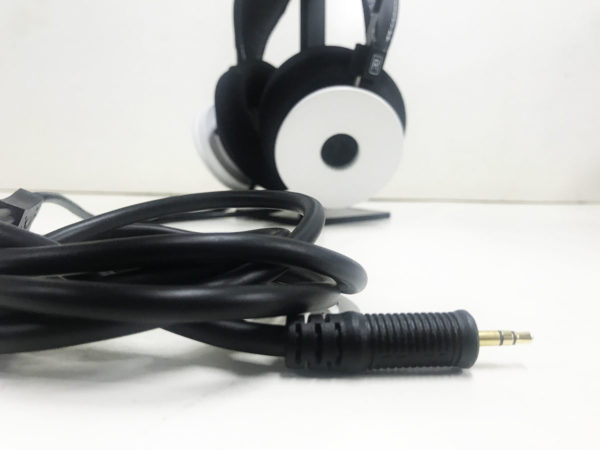
The cable of The White Headphones by Grado is the standard Grado cable. It is attached at the base of both earcups and has a solid, easy to manage length. It is a little bit bulky but feels well made.
Drivers
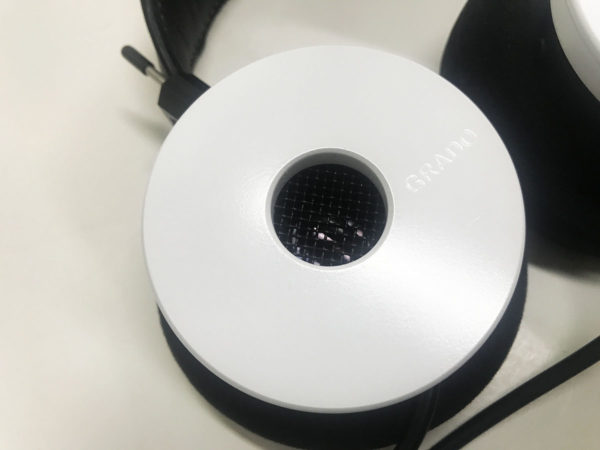
The White Headphones by Grado feature Grado’s classic 44 mm dynamic driver. However, the driver is configured for the ventilation system of the enclosure.
Sound
Low Frequencies
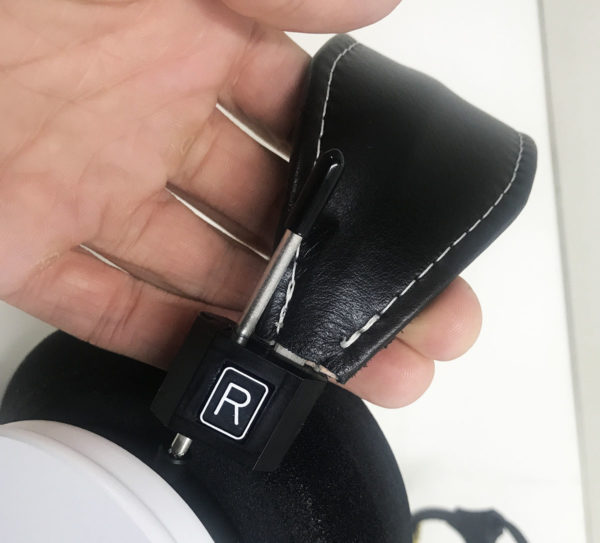
The low frequencies of The White Headphones by Grado have an interestingly retro feeling to their emphasis. A boost in the upper bass of the low end, around what sounded like somewhere between 100 Hz and 150 Hz, give kick drums, bass guitars, and the lows of pianos and horns extra level in the mix. However it doesn’t particularly give it extra feeling in the chest. Rather, it bumps forward its fundamenta’s harmonics. Additionally, a boost in the subs around 40 Hz helps to return some of its deepness, but ultimately this deepness sits quite modestly in the mix in comparison to the upper bass.
For example, when I was listening to I’m Callin’ by Tennis, the kick drum felt audibly louder in the mix. However, more of its emphasis was on the kick’s overtones, rather than making it feel like it was moving a lot of air. Additionally, it seemed to have a subtle feeling of extension. As a result, it was able to maintain a little bit of extra separation from the bass guitar, which also felt elevated in the mix level-wise.
Middle Frequencies
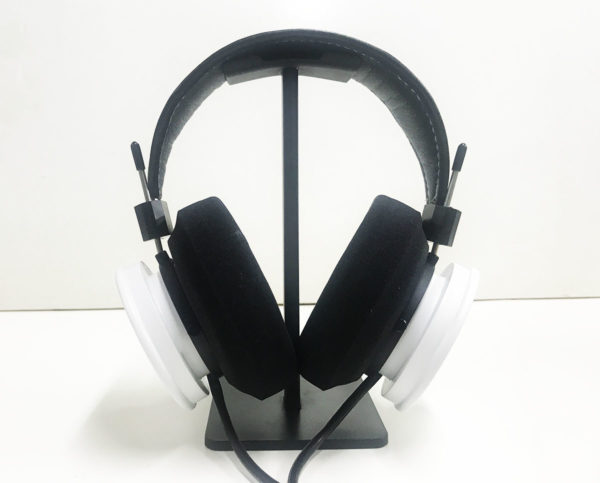
Similar to the low-end, the midrange of The White Headphones by Grado had a sort of retro-ness to its tonality. A boost around what sounded like 600 Hz brought forward reverbs and room mics, as well as a sense of harmonic complexity from keys, organs, horns, pianos, and guitars. However, the middle part of the midrange maintained separation from instruments with more high-mid information due to a cut around what sounded like 1 kHz. This cut was followed by a series of boosts and cuts: a boost at what sounded like 2 kHz, and then a cut between 3-4 kHz, and then another boost at 5 kHz. It gave the high-mids character, and an interesting, but ultimately aesthetically pleasing shape. Everything seemed to have a sense of presence, but also had a feeling of smoothness. Vocals had more emphasis on the throat than the face, but also had some feeling of chest in them.
For example, when I was listening to the song When It Was Wrong by The California Honeydrops, the organs and horns felt full and harmonically complex. The snaps of the drums felt a little bit softened, but still had a sense of presence. Additionally, the vocal seemed to have nice texture in the throat, but sat backward a little bit. However, I could hear the room sounds and reverbs clearly and with emphasis in the mix.
High Frequencies
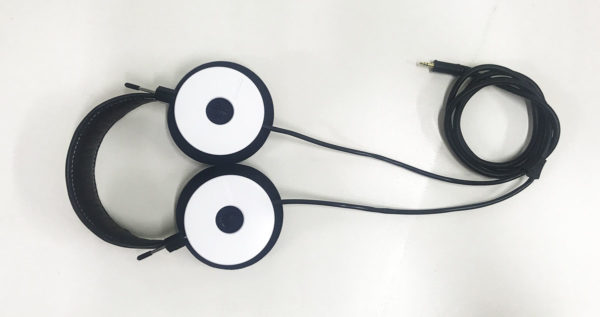
The high frequencies of The White Headphones by Grado have presence and extension. A boost at the base of the lower treble around what sounded like 6 kHz brought forward the attacks of drums, strums of strings, hammers of pianos, and crunch of electric guitars. Then, cuts across the upper treble around what sounded like 9-10 kHz created good separation in the highs but also lowered the sense of texture. Finally, boosts across the upper octave starting at what sounded like 11 kHz provided lift, extension, and breath to vocals, strings, cymbals, and percussion.
For example, when I was listening to the song Quizas Quizas Quizas by Pink Martini, the shaker, guiro, and vocal felt light and airy. Additionally, the hammers of the pianos and the swells of the strings felt forward and had emphasis. However, the texture of the strings and percussion in particular felt a little bit quieter in the mix than usual.
Soundstage
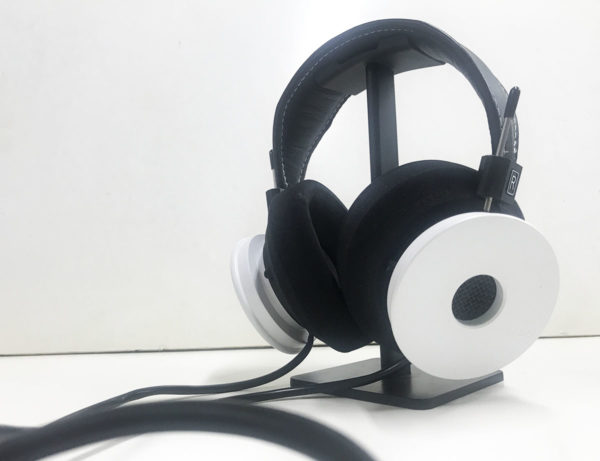
The soundstage of The White Headphones by Grado felt spacious, yet practical; deep, yet intimate. They managed to shape the soundstage along with the frequency response. As a result, the feeling of depth revealed roominess and reverb, pushing certain instruments back in space, while bringing sometimes those same instruments close and intimate with high-mid/lower treble presence. Additionally, the sense of height felt nice and tall because of the high frequency extension, but lacked a little bit of depth because of the moderation of the lows. However, the height maintained a good sense of nuance and differentiation. Lastly, the sense of width felt nice and wide, but somehow reasonable in its reach. There was an aesthetically pleasing sense of representation in the width, which kept wide-panned instruments from feeling too separate from the mix itself.
For example, when I was listening to the song Diamond Heart by Lady Gaga, the rhodes, while partially back in space, also had an interesting sense of closeness. The drums and synths had a similar sense of feeling forward, yet still having a feeling of spaciality. The solidity of the vocal and bass in the middle contrasted in an aesthetically pleasing and musical way from the width of the wide synths and guitars. Lastly, the highs of the vocals and brighter synths felt nice and high in space and contrasted from the kick and bass synth, even though it the lows didn’t reach super super deep.
Overview
Overall, The White Headphones by Grado merge a sense of retroness with more modernity in both its look and sound. With lots of character to its sound signature, it is going to be best for folks that like a full midrange, and beautiful extended highs rather than bassheads or those that like neutrality.
The White Headphones by Grado are available for the best price here:
The White Headphones by Grado at Audio46
